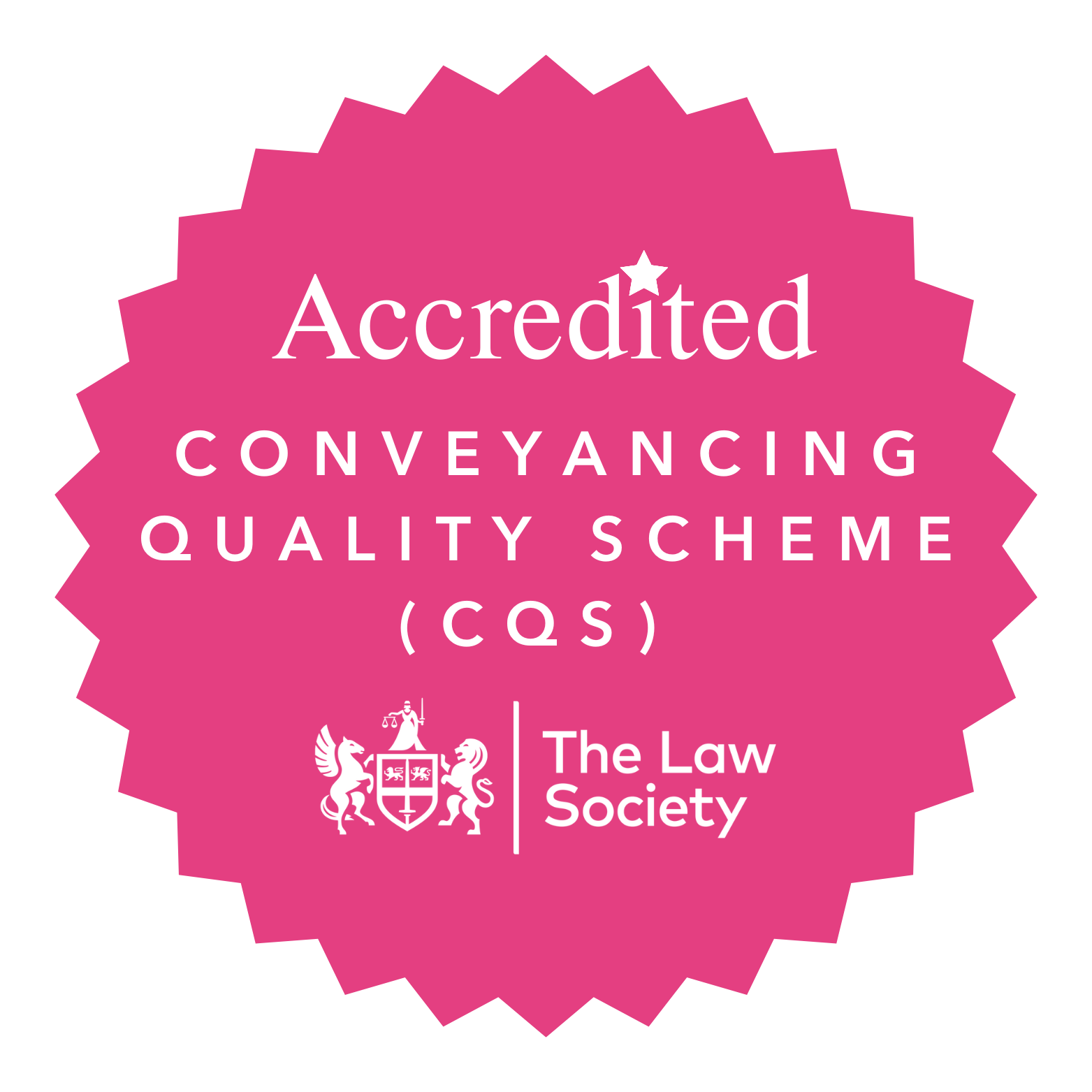In the past, and before no fault divorce, ending a marriage in the UK was often a difficult process with one party having to blame the other, even in cases where both partners mutually agreed to divorce.
The introduction of 'No Fault Divorce' simplified and reduced conflict in divorces, by allowing people to declare that their marriage has ended on the grounds that it has "irretrievably broken down." This means there is no longer a need to assign blame or fit the reasons for separation into one of the previous five grounds for divorce.
What is a no fault divorce?
A no fault divorce represents a more streamlined and cooperative method of separation. In the context of the no fault divorce procedure, couples can initiate divorce or civil partner dissolution without the need to attribute blame to their former spouse to establish the irretrievable breakdown of the marriage.
The provisions of the Divorce, Dissolution, and Separation Act 2020, including the introduction of no fault divorce, specifically impact the legal proceedings associated with terminating a marriage or civil partnership. It is crucial to note that these changes do not extend to matters concerning the division of finances or arrangements for children.
How does no fault divorce work?
To initiate a no fault divorce, certain criteria must be met:
- Duration of Marriage: The marriage must have lasted for a minimum of one year.
- Irretrievable Breakdown: The applicant(s) must declare that the marriage has irretrievably broken down.
You have two options for filing a divorce:
- Sole Application: You can apply for a divorce by yourself as the sole applicant.
- Joint Application: Alternatively, you and your ex-partner can make a joint application as joint applicants.
If you are on the receiving end of a divorce application, you will be referred to as the respondent.
To start divorce proceedings, you will need to follow these steps:
- Complete and submit a Divorce Application to the court, or respond to an application.
- Enter into a 20 week 'Cooling Off' Period. After submitting the application, a minimum 'cooling off period' of 20 weeks follows. During this time, it is crucial to seek legal advice from a family lawyer to address financial and child arrangements in the form of a consent order. This may include the division of property, assets, pensions, capital, and other financial matters as well as child arrangements.
- Conditional Order (Formerly Decree Nisi) After the cooling off period, you can confirm your intention to proceed with the divorce, by applying for a Conditional Order.
- Final Order (Formerly Decree Absolute) This is the final stage of the legal process and normally happens 6 weeks after the Conditional Order. The Final Order confirms the end of the marriage.
It is advisable to consult with a family lawyer throughout the whole divorce process to ensure all legal aspects, including financial and child arrangements, are appropriately addressed.
Understanding and successfully navigating these stages is essential for a smooth and legally sound divorce process. Pickerings Solicitors experienced family lawyers are here to support you through the process, ensuring a timely, straightforward conclusion to your relationship.
To speak to one of our divorce lawyers, call us on 01827 317070 or email: sdavies@pickerings-solicitors.com
When did no fault divorce become law?
No fault divorce became effective on April 6th, 2022, and now applies to all divorce applications in England and Wales.
No fault divorce offers a more streamlined, less contentious, and fairer process, reducing the emotional strain and conflict often associated with traditional divorce procedures. It promotes cooperation, ultimately benefiting both separating partners and any children involved.
What are the advantages of no fault divorce?
No fault divorce offers several advantages, including:
- Eliminating the need to apportion blame.
- No requirement to reveal sensitive details of the marriage breakdown.
- No gathering of evidence of "unreasonable behaviour."
- Reduced conflict, which can help couples move forward amicably.
- Domestic abusers can no longer contest divorce, ensuring the safety of the other party.
- Better post-divorce relationships for the benefit of children.
- Eliminating the waiting period of two or five years before filing for divorce.
What are the disadvantages to No Fault Divorce?
No fault divorce does not resolve any financial issues or parenting plans such as child residency, maintenance or contact agreements. Couples will still need to agree and make arrangements through a family lawyer as soon as possible in the process.
Does no fault divorce impact financial settlements and child arrangements?
No. The introduction of no fault divorce does not impact financial settlements or child arrangements. The circumstances leading to separation have historically had minimal influence on financial outcomes and child arrangements.
Finances During Divorce
In divorce proceedings, the resolution of financial matters and child arrangements are stand alone processes. It is strongly advisable to negotiate these matters separately, and seek legal advice early on in the divorce process.
It's crucial to understand that, although the act of divorce legally ends the marriage, it doesn't automatically address financial matters. To separate your finances, you need to reach a financial agreement, called a consent order and ask a court to approve it. This legally binding document outlines how your finances will be officially divided concerning the distribution of assets and wealth following the end of the marriage.
It is important to wait for court approval of the consent order before applying for the final order if financial issues are involved. This precaution is vital to safeguard potential entitlements, especially in the event of an unexpected death post-divorce but before the resolution of financial matters, which could impact widows' or widowers' entitlements.
Most importantly - take expert advice as soon as possible - don't wait until the divorce has ended.
Child Arrangements during divorce
In divorce proceedings, the resolution of child arrangements and financial matters are stand alone processes. It is strongly advisable to negotiate these matters separately, and seek legal advice early on in the divorce process.
Arrangements for children must be made within the consent order as these matters are handled separately from the divorce proceedings. It can include details about how you’ll look after your children, such as:
- where they live
- how much time they will spend time with each parent
- how they will be financially supported
- when and what other types of contact take place (e.g; phone calls, letters...)
You and your ex-partner both have to sign the draft consent order before getting the order approved by court. In cases of disagreement, a court application may be necessary for the courts to decide. Alternative options, such as mediation, arbitration or collaborative family law can be explored as well. Pickerings family lawyers will be able to discuss this with you to decide the best route for your family.
Understanding and successfully navigating these stages is essential for a smooth and legally sound divorce process. Pickerings Solicitors experienced family lawyers are here to support you through the process, ensuring a timely, straightforward conclusion to your relationship.
What does the conditional order mean in divorce?
Once the application is acknowledged by your partner and after a 20 week cooling-off period, you apply for something called a conditional order. This happens early on in the process and doesn't mark the conclusion of the marriage. At this point, the couple remains legally married and have the option to stop the divorce proceedings should they wish to.
How do I complete my divorce after the conditional order has been announced?
Six weeks and a day after the court makes the conditional order, you can apply to the court for a final order (either as a sole applicant or as joint applicants with your partner).
This legally ends your marriage and must be obtained through a notice of application to the court, ensuring adherence to time limits and confirming no other reasons exist to deny the divorce.
Once processed, the court sends the final order to both parties, marking your official divorce. It’s important to note that if you were wanting to remarry in the future that you will need to show this document, so it’s important to keep it safe.
How long does divorce take?
If both parties involved co-operate and complete everything as early as they can, the whole divorce process can take anywhere between 6 to 8 months on average. If however, there are disagreements or delays along the way, the process could take longer resulting in potentially higher legal costs too.
As divorce lawyers, our extensive expertise and commitment extends to delivering unwavering support, offering clear and consistent advice throughout the entirety of the no fault divorce process.
If you are in need of advice or more information on No Fault Divorce, contact Susan Davies on 01827 317070 or email sdavies@pickerings-solicitors.com



